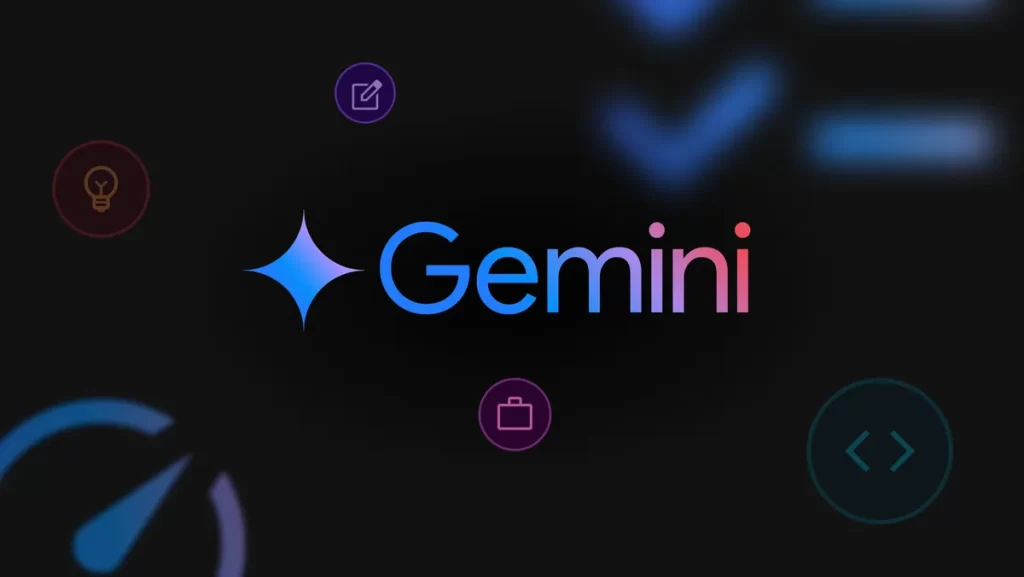Last Updated on September 13, 2024
Google Unveils Customizable Chatbots and Enhanced Image Generation

Customizable Chatbots for Gemini Subscribers
Google is preparing to launch a new feature for its Gemini chatbot users, allowing Gemini Advanced subscribers to design personalized chatbots known as Gems. These custom chatbots can be tailored to serve various roles, such as a fitness coach, cooking assistant, or writing advisor. By providing specific instructions and naming their Gems, users can create chatbots with unique personalities and expertise.
During Google’s I/O event in May, the company showcased Gems, highlighting their potential to assist with tasks like planning a garden or brainstorming ideas. For those not ready to create a custom bot, Google will also offer a selection of pre-designed Gems, including tools for learning, brainstorming, career guidance, coding, and editing.
Gems will be available to users of Gemini Advanced, Business, and Enterprise across more than 150 countries and a wide range of languages.
Imagen 3: Google’s New Image Generation Model
In addition to the Gems feature, Google is set to release Imagen 3, its latest image generation model. Imagen 3 aims to deliver more photorealistic images and can now incorporate finer details like sunlight and animal whiskers. This model will also enhance the ability to generate various styles, from realistic landscapes to whimsical claymation scenes.
Google’s new model will be accessible to all Gemini users shortly. Imagen 3 also includes SynthID for watermarking AI-generated images, ensuring better tracking and authenticity.
Competitive Landscape and Future Prospects
This move by Google to introduce customizable chatbots and an advanced image generation model reflects its effort to keep pace with competitors like OpenAI. OpenAI has already established a platform for users to create and share custom GPTs, enhancing its appeal with a diverse range of applications.
Gemini Advanced users will benefit from these new features along with an expanded token window, which improves the chatbot’s memory and context handling. Google plans to increase this token limit later this year, aiming to boost the model’s performance.
